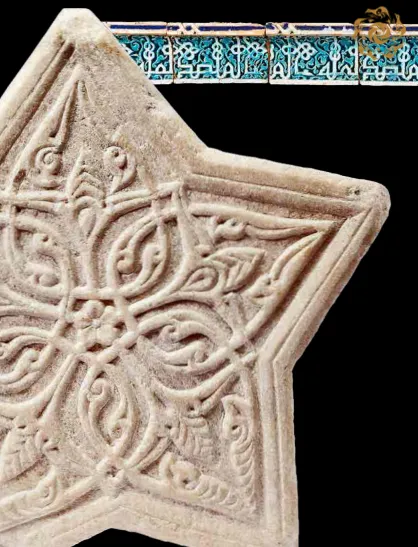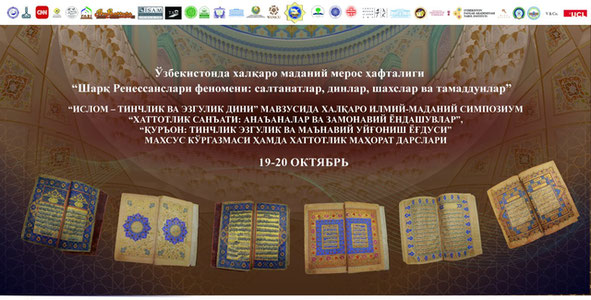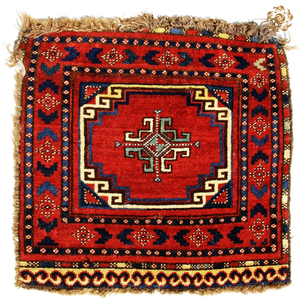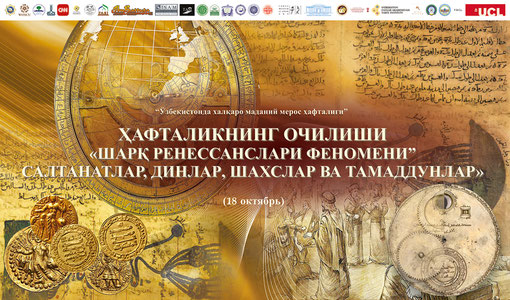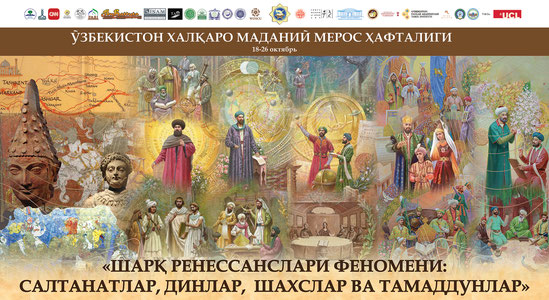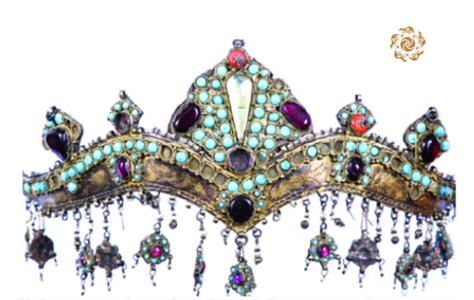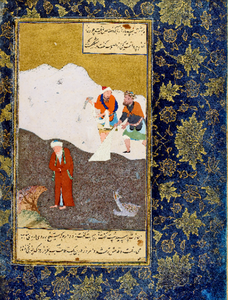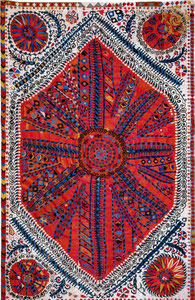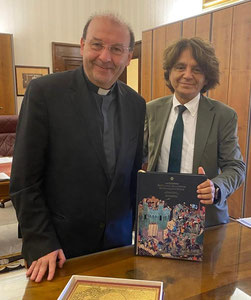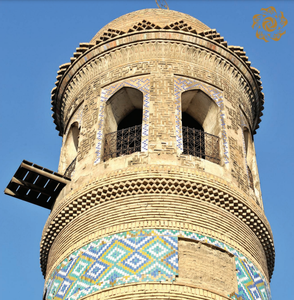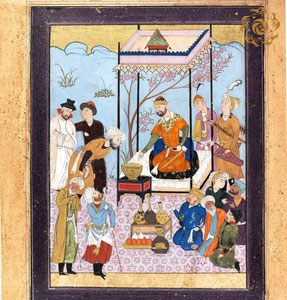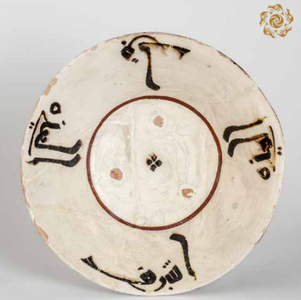In 1923, the Berlin Museum received as a gift a unique star-shaped marble tile decorated with an exquisite pattern executed in low relief. This pattern is a five-petal rosette located on a star-shaped background. It is assumed that this marble fragment once decorated the Ulugbek Madrasah on Registan Square in Samarkand. The monument dates back to the era of Amir Temur and the Temurids, who ruled in the last third of the 14th - 15th centuries in the territory of modern Uzbekistan and neighboring countries. Despite the fact that the reign of Temur and his successors was marked by numerous military campaigns, it went down in history as a period of outstanding flowering of culture and art. Temur actively brought architects, artists and artisans from all conquered lands to his new capital Samarkand. These masters, along with local talents, created magnificent buildings that are striking in their size and artistic design.
You can learn more about the topic in the book-album "Cultural Heritage of Uzbekistan. Collections of the Federal Republic of Germany"
The main sponsor of the project is the oilfield services company Eriell-Group.
